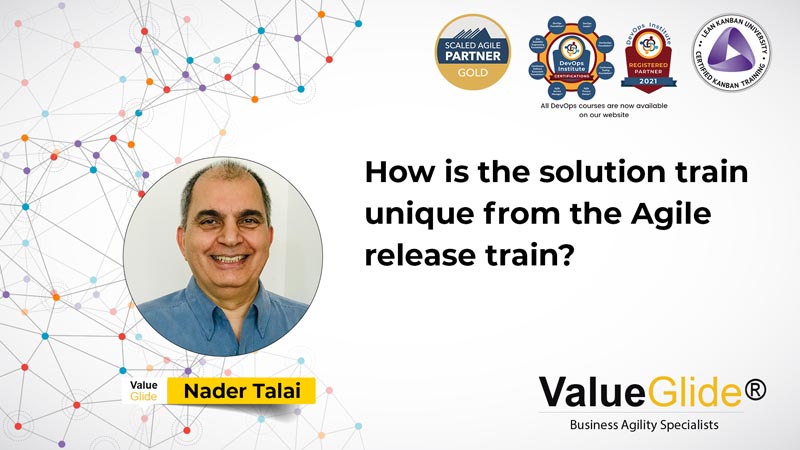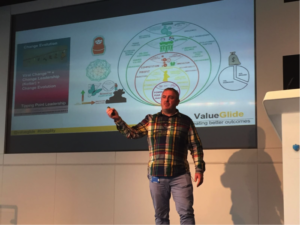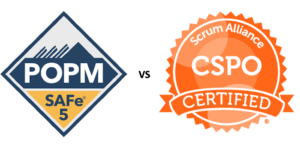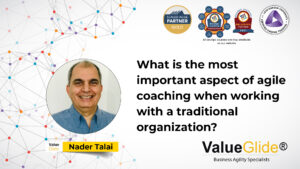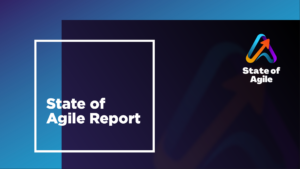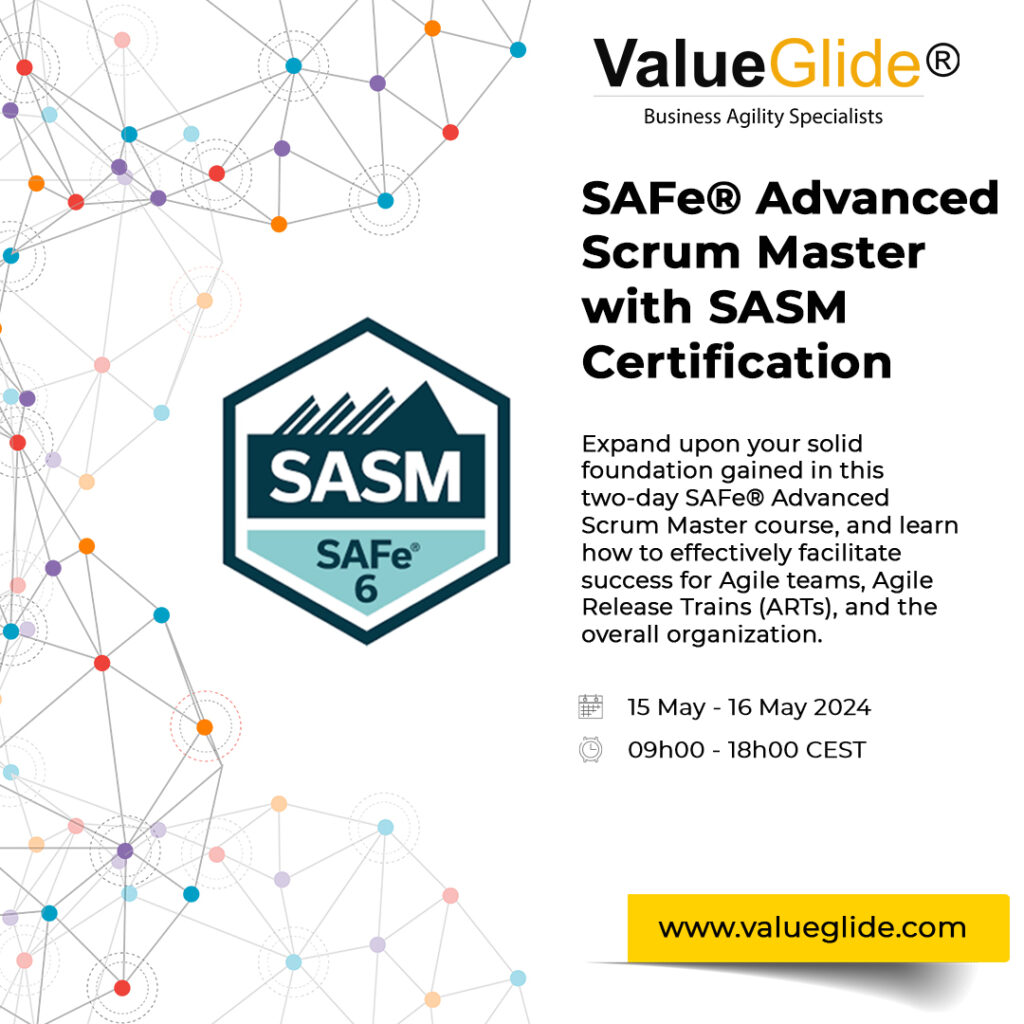How is the solution train unique from the Agile release train?
We can think of the solution train as a logical grouping of several agile release trains.
The solution train coordinates the work of several agile release trains, and synchronises the delivery of that work, to deliver a solution to a customer, end-user, or stakeholder.
Solution Train Example
Typically, the solution train is a cyber physical solution like an autonomous car, a set top box, or a commercial aircraft.
Something where you have hardware, software, and firmware as an integrated product or solution.
The solution train coordinates the hardware agile release trains, the software agile release trains, and the firmware agile release trains to produce a working feature or product that encompasses work in each of the three spheres of engineering.
The solution train would also include internal and external suppliers that supply parts or components that need to integrate into the working product or feature.
In essence, the solution train engages those suppliers as if they were agile release trains.
So, in summary, a solution train is a collection of agile release trains.
Agile Release Train
An agile release train is where the work happens.
This is where you have agile teams of teams, coordinating their efforts and synchronising delivery of working software/products/features to a customer or end-user.
An agile release train is aligned to a specific customer journey and organizational objective(s) to ensure that the organization is creating the most valuable product for the customer, at the right time for the customer, in a way that creates and captures economic value for the organization.
Health warning for Solution Trains
In my experience, a solution train needs to come with a health warning.
When you design a solution train, the collection of agile release trains creates dependencies that don’t necessarily exist within a single agile release train.
In a solution train, no single agile release train can get the job done, according to its definition of done by the customer, and requires integration and coordination with the efforts of other agile release trains to be successful.
With dependency comes increased risk and increased probability of delays.
In my experience, before committing to a solution train, an organization should first work through a value stream identification and agile release train identification process. Is the solution train necessary or can a solution be delivered through independent agile release trains that are aligned with a customer purpose or specific customer journey?
I often witness situations where an organizational chart is simply flipped sideways and consequentially, each function within the organization is now known as an Agile Release Train.
For example, we’ll have marketing, business analysis, testing, product development, and so forth, so it is unsurprising that any single agile release train – in the context of this example – can deliver any end-to-end product or solution because there are no cross-functional skills and capabilities.
This kind of design also creates unnecessary dependencies between functions.
Therefore, you want to make sure that you design agile release trains with end-to-end product or service delivery capabilities, and you want to align those agile release trains to be free of unnecessary dependencies.
About Value Glide
Value Glide are a SAFe (Scaled Agile Framework) consultancy, coaching practice, and training specialist who work with organizations to align business objectives with customer needs and wants.
As deeply experienced agile coaches and practitioners, our team are invested in continuous learning through each client engagement and use the data and evidence we gather from each implementation to inform our training, coaching, and consulting services.
In a nutshell, empirical process control or empiricism.
If you are thinking of adopting agile within your organization and have identified SAFe as a great agile framework to adopt, implement and improve your business agility, visit our SAFe Quickstart ART Launch program page or view our SAFe Consulting Services page.
If you have identified a need for an agile coach and SAFe coach to help your organization adopt and implement SAFe, visit our SAFe Coaching Services page.
If you want to know more about SAFe and how to lead SAFe, visit our SAFE Training page for a host of options, from Leading SAFe to a SAFe Release Train Engineer course.
#SAFe #scaledagileframework #scalingagile #agile #agileframework #agilecoach

